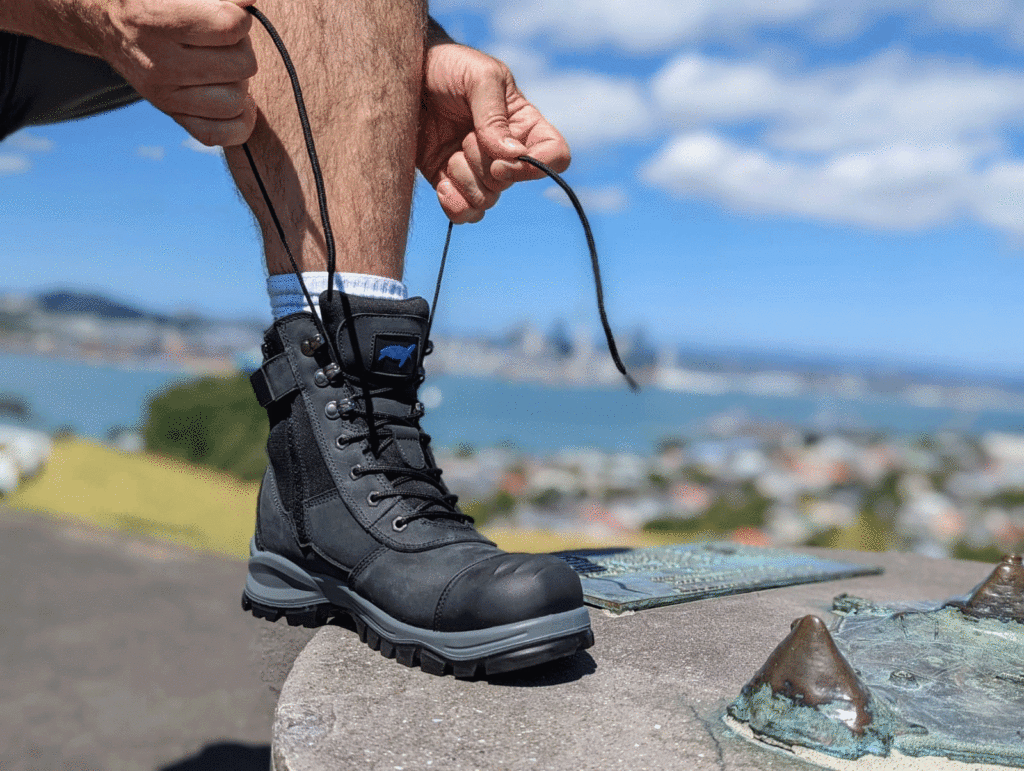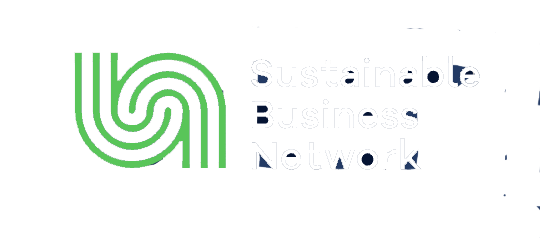
Recycling materials give old boots new life.
Comfortable, durable safety footwear that is recycling materials used is now easier in New Zealand with TurtleBoots.
If you’re spending most of your day in safety footwear, you want to know it’s up to all the tasks your day involves. A lot of thought and design goes into safety boots so you don’t have to think about them once you’ve slipped them onto your feet. Work books need to meet industry regulations and safety standards, they need to be comfortable and lightweight yet hard wearing, and of course, they need to look good.
All that function and form means a variety of materials are used to create safety footwear – the main ones are rubber, steel and leather.
But, until recently, where those materials come from, and whether those materials are recycling back into use after they’ve done their job as a boot, haven’t been high on the consideration list.



Things are changing
Today, we’re more aware of the positive impact we can have on the natural environment by choosing products that don’t end up in landfills.
TurtleBoots has made it their mission to design for a boot’s end of life, as much as its purpose, right from the get go.
Here we take a look at three key materials in TurtleBoots and where those materials end up once the boot has been given – excuse the pun – the boot.
Rubber
There are two main types of rubber used in footwear today – natural and synthetic. Natural rubber is derived from the rubber tree (Hevea brasiliensis). Synthetic rubber is manufactured using synthetic polymers.
At TurtleBoots we use both natural and synthetic PU rubber, depending on the style and what the boot is designed for.
PU rubber is made from polyurethane, conventionally using petroleum-based oils, although PU rubber made from plant-based oils is developing. PU rubber is durable which is ideal for boots that need to withstand a hard day’s yakka. Plus it’s 100% recyclable.
You may wonder why we don’t just choose to only use natural rubber with its comparatively lower emissions profile. It’s a conscious choice we’ve made, because any type of rubber production and disposal contributes to environmental impact.
While natural rubber originates from a plant, both natural and synthetic rubber must undergo chemical processes to become the pliable, durable material used in safety footwear today.
This chemical treatment means it’s better for our environment if we recycle rubber materials and keep them in use for as long as possible.
Recycling rubber creates new material for matting
We partner with local manufacturers who can give new life to our used rubber, natural or synthetic. Because what’s most important to us is that it doesn’t end up in landfill.
Wanganui based Burgess Matting is one business that recognises the importance of reuse and recycling. The business manufactures and supplies matting for domestic, industrial, recreational and commercial use all around New Zealand.
Partnering with Burgess Matting means we supply our used rubber for their playground matting that is used in NZ playgrounds. It’s great to know that used rubber from TurtleBoots, worn by people who may have built important community spaces like playgrounds, goes on to become the very ground that our next generation plays on.
Steel
A lot of energy goes into producing steel to make it strong enough to withstand impact from heavy objects, yet still pliable and lightweight so you don’t feel like you’re wearing concrete blocks on your feet.
Despite the name, steel toe caps can also be made of aluminium, composite materials or even carbon fibre. Composite materials usually include heavy duty plastics.
Because of the energy used to produce steel as well as the emissions created, steel is a valuable material resource we need to recycle and reuse.
Recycling steel caps get another chance to protect toes all over again
At TurtleBoots we’ve been through a rigorous process to develop a way to recycle used steel. We separate out the steel toe caps from the boots, retest for strength and durability and recycle them to be used again in our own safety boots. By recycling as much as we can, we’re limiting the environmental impact by reducing our reliance on new steel.
Leather
Humans have been making things with leather for more than 7,000 years because it’s durable and has inherent water resistant qualities. Today, 95% of the leather used to make footwear is chrome leather, named for the chromium salts used in the tanning process.
Chrome leather is the most widely used in clothing. It’s relatively cheap to produce, works faster than other tanning processes and is easy to use in mass production as the end product nearly always comes out looking the same. We all want to know that the product we see in the picture is the one we’ll receive in the mail. Not only that, chrome leather offers more water and stain resistance compared to vegetable tanned leather.
There is an environmental cost to chrome leather though. The tanning process produces toxic waste water and if that’s not properly disposed of, it can cause damage to soils, biodiversity and drinking water.
It’s a balance to make affordable boots that up to the job and have less environmental impact. At TurtleBoots we use both chrome-free and chrome leather. But we’ve chosen to only work with leather tanneries who meet the Leather Working Group’s Leather Manufacturer Audit Standard. This means all our leather meets high environmental, social and transparency criteria.
Used leather material is the next recycling challenge
What happens to our used boot leather is our current focus. We’re working on finding partners who need used leather in their manufacturing. If you know a local business that might be interested, send them our way!
Our vision
To us at TurtleBoots, sustainability isn’t just about the type of materials that go into making our boots. It’s also knowing that they’re fit for the job, will last the distance and have a use beyond what we create. Durability, design, conscious material selection and circular partnerships all adds up to less waste being created over time.
Alex Jenner started TurtleBoots to help reduce valuable resources going to landfill. To date, Alex and the team have found ways to divert rubber and steel and get new life as different products. But the journey is ongoing and one that is ever evolving.
In Alex’s words “if we can do something better, we’ll do it!”
Circular based businesses like TurtleBoots need to be part of a circular solution. If your business wants to join the circular economy, either as a customer or a manufacturing partner, we’d love to hear from you. Get in touch with us today.


